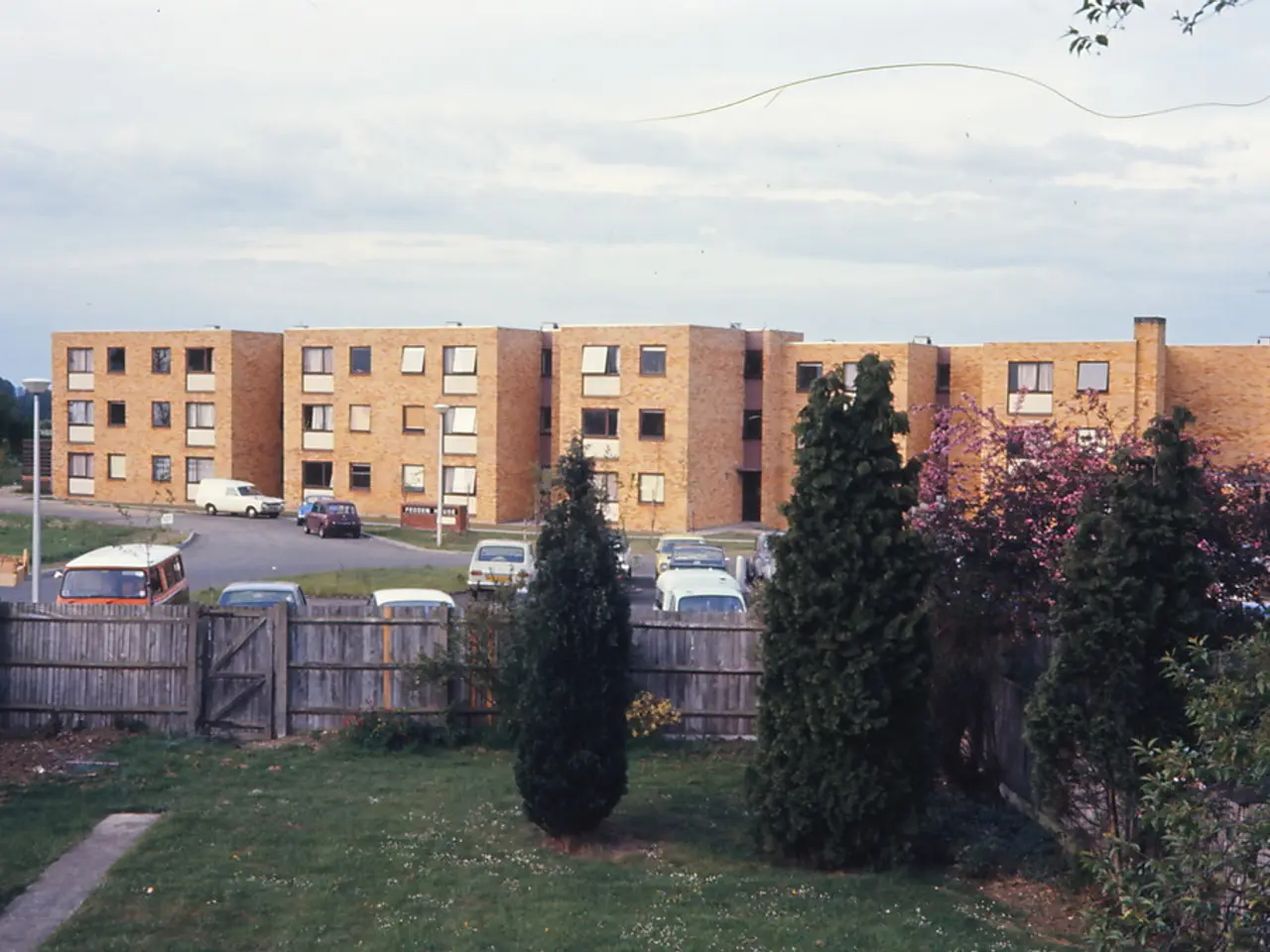Integration of Intelligent Systems in Sustainable Agriculture Initiatives
In an era of urbanization, the importance of permaculture is increasingly being recognized. City spaces are being transformed into farms, thanks to innovative digital tools that are boosting farm productivity and making farming smarter.
These digital tools are not just a novelty, but a game-changer for farmers. By providing key insights, they help grow more and make more money. One such innovation is the AI Predictive Modeling, which can reduce costs by up to 25%. Sensor-based monitoring optimizes yield by 15-30%, while digital planning tools improve resource management by 20-35%.
Topographic maps and Google Earth are essential tools for permaculture designers. They help understand land contours, sun exposure, and existing features with precision, which is critical for water management and microclimate planning. GIS (Geographic Information Systems) applications offer robust spatial analysis capabilities, enabling the layering of various ecological, soil, and climate data for comprehensive landscape assessment.
SketchUp and other design software facilitate 3D visualization of design concepts, allowing designers to experiment with forms and structures in a virtual environment to optimize functionality and aesthetics. Advanced AI landscaping tools take this a step further by analyzing vast amounts of data to generate multiple design iterations quickly and with high accuracy.
These digital tools reduce manual calculation errors, enhance site-specific customization, accelerate iteration cycles, and improve communication of design intentions. They collectively make permaculture landscape planning more efficient and precise.
Digital tools also support sustainable agriculture by reducing waste and tracking ecosystem health, leading to better, greener farming. As technology becomes easier to use, everyone can contribute to making farming smarter, tackling climate issues, and saving resources.
In the United States, government policies are key to growing sustainable farming. Tax incentives, grants, subsidies, and research funding for sustainable farming technologies are available. A successful market garden project using permaculture design tools made $72,000 in revenue in its fifth year, demonstrating the potential for profitability in sustainable farming.
However, challenges in implementing smart systems include cost and tech barriers. Community efforts can help solve these problems. Smart irrigation systems are key to addressing water scarcity, as 4 billion people face water scarcity. These systems help manage water better and care for ecosystems.
Digital tools in permaculture offer real-time data and advanced analytics, helping with monitoring and managing resources, leading to better site analysis and water use. The future of permaculture is all about using digital innovations for a better future. DIY projects can cut gardening costs by 18-25%. Smart systems give farmers control over their land like never before.
Adopting permaculture software and new tech involves overcoming technological barriers like limited internet connectivity, inconsistent network infrastructure, complex system compatibility issues, and cybersecurity vulnerabilities. New tech is making permaculture better, including artificial intelligence for crop monitoring, machine learning algorithms for ecosystem prediction, and robotic systems for precision agriculture.
Digital tools in permaculture help farmers use resources wisely, saving money. These tools include automated irrigation systems, predictive maintenance technologies, real-time crop monitoring, and precision resource management. Investing in education, better infrastructure, and teamwork can help beat the hurdles faced in implementing smart systems.
Learn to use digital permaculture tools through online courses, workshops, YouTube, forums, and local training. Many tools come with free tutorials. Digital tools are accessible to all, with many affordable options available. Permaculture planning tools help farmers start new businesses. They use digital tech to grow their farms in a big way.
For more information, check out the FAQ section that provides answers to common questions about digital tools in permaculture, including how they improve permaculture design, the types of tools that are most useful, and how they can be learned. Embrace the future of farming with digital tools in permaculture!
- In the urbanization era, the value of permaculture is gaining prominence, as city spaces are being converted into farms, thanks to innovative digital tools that boost productivity and smarten farming.
- These digital tools are not merely trendy, but are transformational for farmers, offering valuable insights to grow more and earn more.
- One of these innovations is the AI Predictive Modeling, which can potentially save up to 25% in costs, while sensor-based monitoring increases yield by 15-30%.
- Topographic maps, Google Earth, and GIS applications are essential for permaculture designers, aiding in understanding land contours, sun exposure, and existing features for effective water management and microclimate planning.
- Design software like SketchUp and AI landscaping tools enable efficient design iterations by reducing errors, increasing customization, and facilitating aesthetically optimized forms and structures.
- Sustainable agriculture is also supported by digital tools, reducing waste and tracking ecosystem health, thereby leading to improved farming.
- As technology becomes simpler to use, everyone can participate in making farming smarter, addressing climate issues, and conserving resources.
- In the United States, government initiatives such as tax incentives, grants, subsidies, and research funding support the growth of sustainable farming, demonstrating the potential for profitability in permaculture-based farming.
- Despite challenges related to cost and technological barriers, the future of permaculture lies in digital innovations, focusing on smart systems for water management, automated irrigation, predictive maintenance, real-time crop monitoring, and precision resource management.




